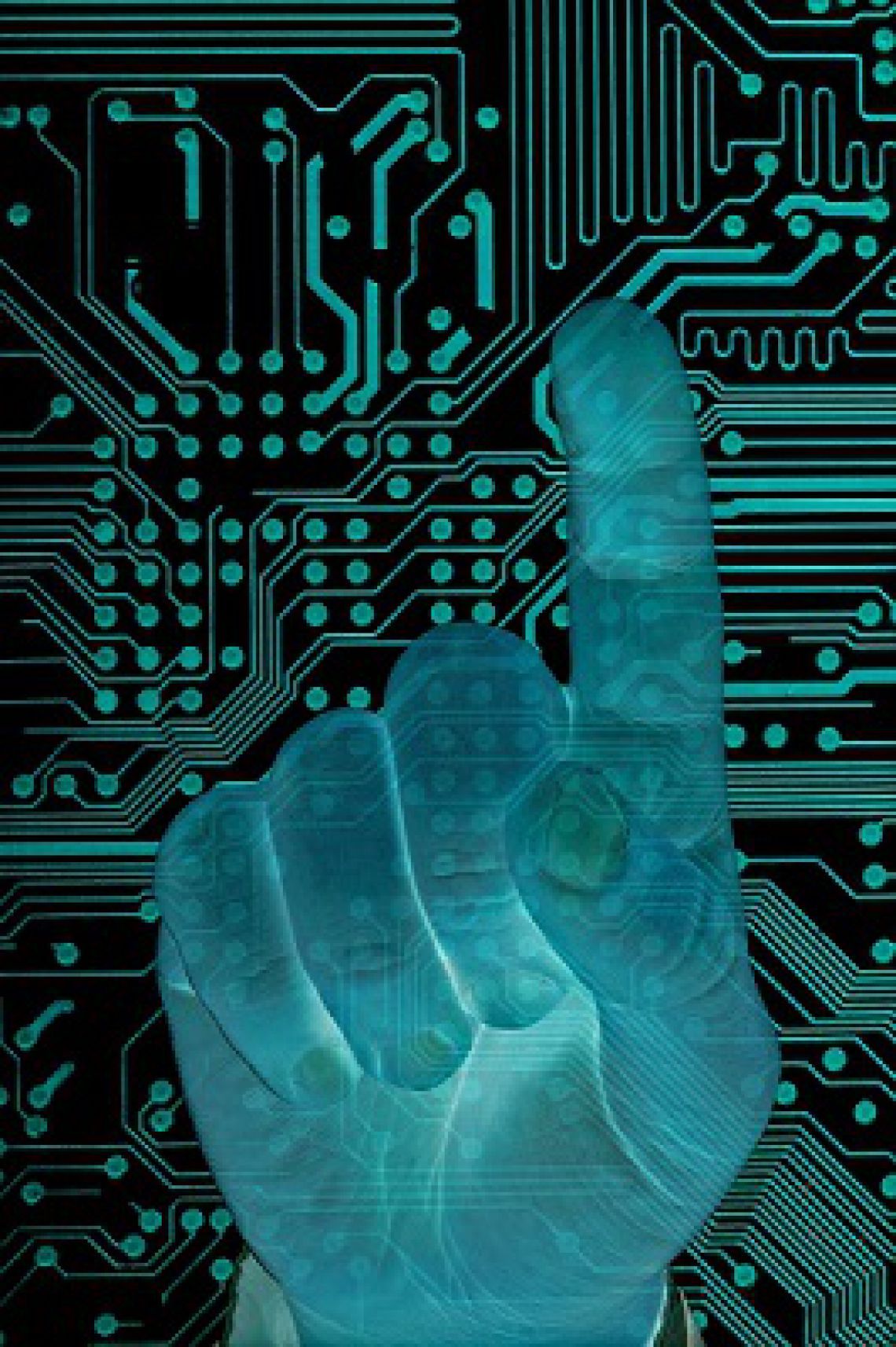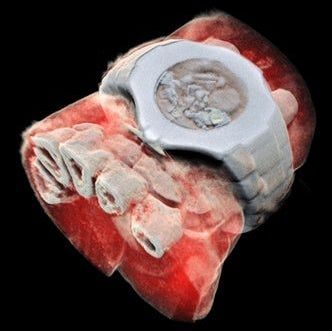One of the biggest freshwater reservoirs in the world is, literally, up in the air.
Between 6 and 18 million gallons of freshwater hover above every square mile of land, not counting droplets trapped in clouds. Scientists realized this centuries ago but they have never quite figured out how to bring the water down to earth. The effort required to condense it would consume such vast quantities of energy that it has always appeared to make any effort to capture and use this water uneconomical.
But while studying this topic, two of my University of Texas at Austin colleagues and I came up with a concept that might just work: that of using the natural gas that is otherwise flared from oilfields to harvest atmospheric moisture.







